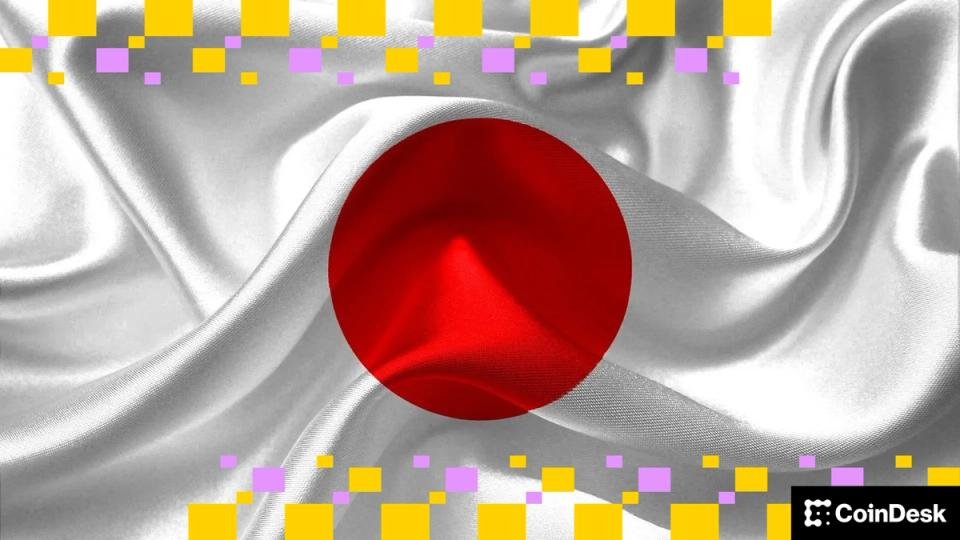Japan’s Yen-Pegged Stablecoin: A Game Changer for Global Crypto Markets
Japan has taken a pioneering step in the cryptocurrency landscape by launching the first yen-pegged stablecoin, known as JPYC. This innovative digital currency is fully redeemable and is backed by deposits and Japanese government bonds (JGB). JPYC makes a significant mark by introducing a stablecoin that can circulate globally without transaction fees, generating revenue through interest from JGB holdings. Unlike its Asian counterparts, Japan’s stablecoin holds the potential to facilitate international transactions seamlessly, thereby positioning itself as a formidable player in the global stablecoin market.
The Unique Position of the Yen
What sets Japan’s yen apart from the South Korean won and Taiwan dollar is its international usability. Following major reforms in the 1980s that lifted post-war capital controls, the yen became freely convertible and widely traded in the euro-yen market. This establishment has allowed global banks and investors to engage with the currency without the constraints placed on the won and Taiwan dollar, which are heavily regulated and primarily confined to domestic use. For instance, while South Korea maintains strict foreign exchange controls to safeguard monetary stability, Japan’s approach grants its currency a unique edge, rendering it one of the most traded currencies worldwide.
The Limitations of Regional Peers
In contrast, the South Korean won’s regulatory environment creates substantial limitations for any potential won-backed stablecoin. Such a coin could only cater to whitelisted domestic users and would primarily be useful for local settlements, making it less competitive in a space where instantaneous digital transactions are already possible. Similarly, Taiwan’s stablecoin framework mandates that any potential NTD stablecoin must retain full onshore reserves with stringent central bank oversight, severely limiting its utility beyond the nation’s borders.
Hong Kong: An Exception?
Hong Kong presents a slightly different scenario with its Hong Kong dollar (HKD), which has a peg to the U.S. dollar and no restrictions on offshore use. However, some may argue that using a U.S. dollar stablecoin could be more advantageous than adopting an HKD-backed token. Nonetheless, the Bank of Japan’s willingness to allow the global use of its currency gives JPYC real-world applications beyond Japan’s borders, thereby highlighting its potential significance in international finance.
A Promising Time for Yen-Pegged Stablecoin
With interest rates on the rise and JGBs yielding more than 3% at the long end, the timing for JPYC’s launch could not be better. Its design allows it to operate sustainably without charging fees, relying instead on the interest accrued from JGB holdings. This model not only sustains JPYC but also attracts users by providing a fee-free option in a market where transaction costs can significantly impact trading efficiency.
The Future of On-Chain Foreign Exchange Markets
According to the Bank for International Settlements (BIS), the global foreign exchange (FX) market saw an average daily trading volume of around $7 trillion, with a record high of $9.6 trillion recorded recently. The interactions between the U.S. dollar and the Japanese yen represent a substantial portion of this volume, making the USD/JPY currency pair one of the most actively traded globally. The introduction of regulated fiat-pegged stablecoins in both the U.S. and Japan creates a promising opportunity for a vibrant on-chain USD/JPY market, linking dollar-pegged and yen-pegged stablecoins while potentially reshaping Asian crypto settlement networks.
Assessing Market Demand
Given these factors, the question remains: Is there genuine demand for another fiat-backed token beyond the established dollar stablecoin? Historical data shows that euro stablecoins, designed for cross-border use, have struggled to achieve significant market capitalization. While the yen boasts legal clarity and convertibility, the ultimate success of JPYC will hinge on whether global traders are willing to embrace an additional stablecoin in a marketplace dominating by the U.S. dollar.
In conclusion, Japan’s launch of a yen-pegged stablecoin marks a significant milestone in the evolution of financial technology. As global investors continue to explore new avenues for digital transactions, JPYC’s unique features and capabilities may well play a pivotal role in bridging gaps within the international financial system.














![Kaspa [KAS] Targets $0.07 – Two Indicators Suggest Further Gains](https://cryptonewsinsiders.com/wp-content/uploads/2025/10/Kelvin-2025-10-26T152022.071-1000x600.webp-450x270.webp)


